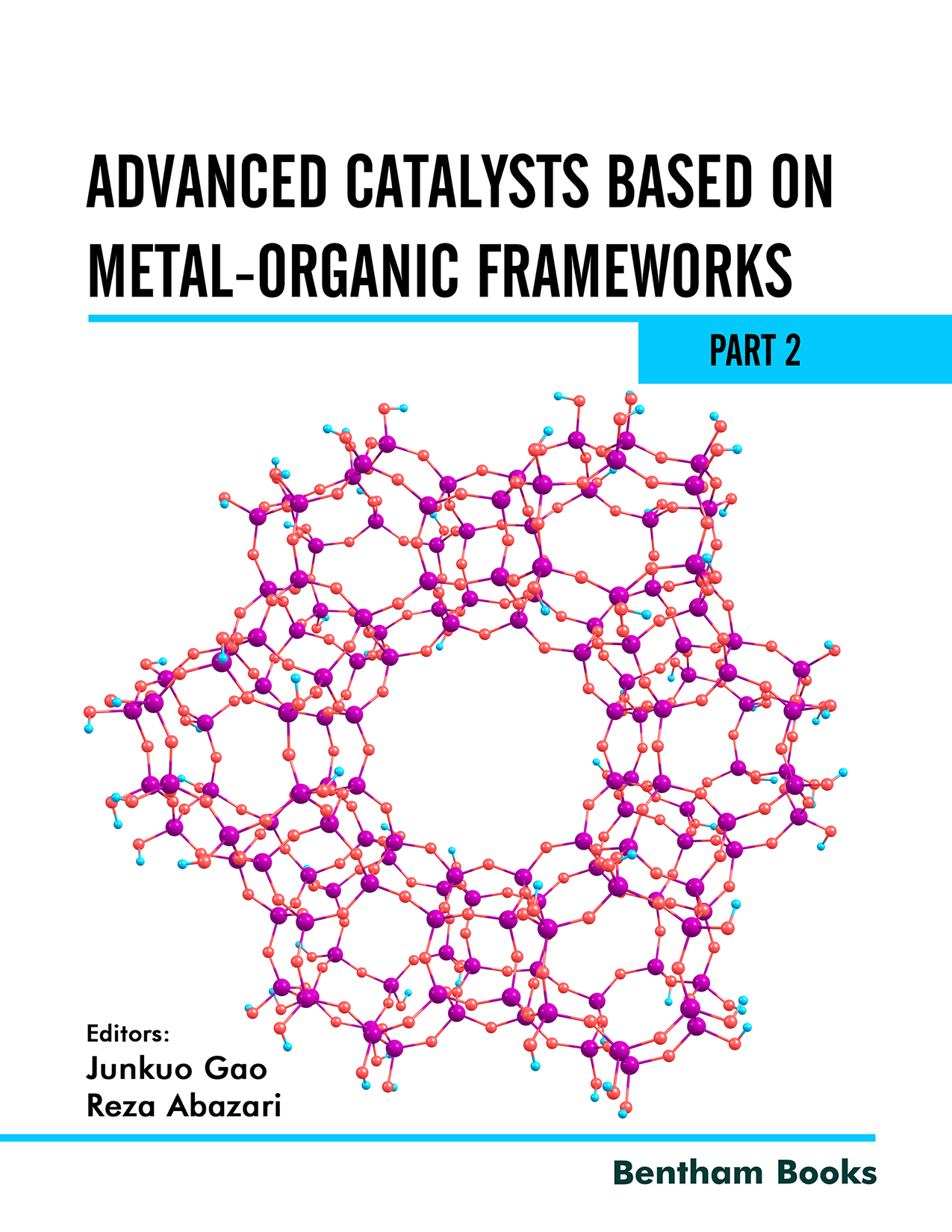Introduction
Advanced Catalysts Based on Metal-organic Frameworks is a comprehensive introduction to advanced catalysts based on MOFs. It covers basic information about MOF catalysts with industrial and environmental applications. The detailed chapters update readers on current applications and strategies to apply MOF-based catalysts in industrial processes geared for sustainability initiatives such as renewable energy, pollution control and combating carbon emissions.
Key Features of Part 2:
- - 7 structured, easy to read chapters that comprehensively cover specific applications of MOF catalysts
- - In-depth explanation of photocatalytic reactions for multifunctional electrocatalysis, water splitting and CO2 Capture
- - Notes on MOF materials used in modern processes
- - Explanation of MOFs in advanced oxidation reactions
- - Introduction to Electrochemical biosensors
- - Updated references for advanced readers
The is an essential reference for chemical engineers, scientists in the manufacturing and sustainability industry and post-graduate scholars working on MOFs and chemical catalysis.
Audience
Chemical engineers, scientists in the manufacturing and sustainability industry and post-graduate scholars working on MOFs and chemical catalysis.

